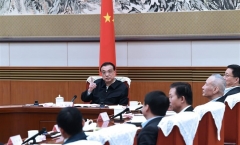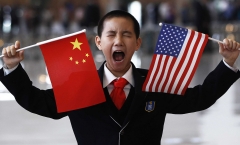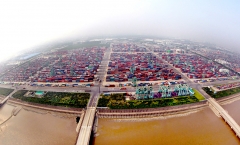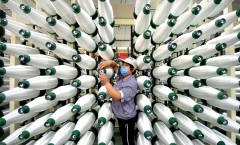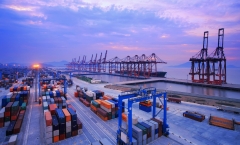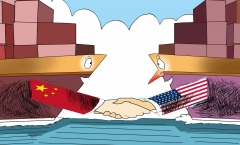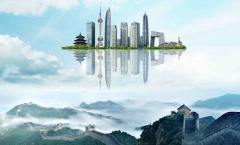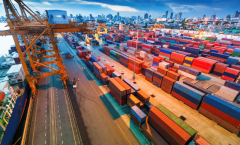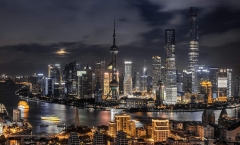How Can China’s Economy Maintain Steady Growth at a Challenging Time?
China will continue to innovate and improve its macro-control policies to offset external uncertainties and strive to keep economic growth within a reasonable range, Premier Li Keqiang said when presiding over a meeting on Jan 15, attended by scholars and entrepreneurs on a draft version of the government work report. In recent years, there have been increasing voices claiming that China’s economic growth has already peaked after several years of rapid growth. There are also many factors pointing towards a range of risks set to appear in the near future. In addition, several new problems have emerged in the development of China’s economy both before and after the US-China trade war began. Confronted with the pressure of an economic downturn, what form will China’s future economic development take? And what is the driving force behind China’s sustained economic development? The Development of China’s Economy in 2018 On the one hand, China’s economy improved in terms of stability in 2018: profits across various industries and companies maintained a rather high rate of growth, while some industries with high profit growth drove the recovery of manufacturing investments. At the same time, signs of overheating in the real estate market have been alleviated. On the other hand, China’s economy has been affected by factors including household debt accumulation, widening income gaps and the […]
Jan 25, 2019